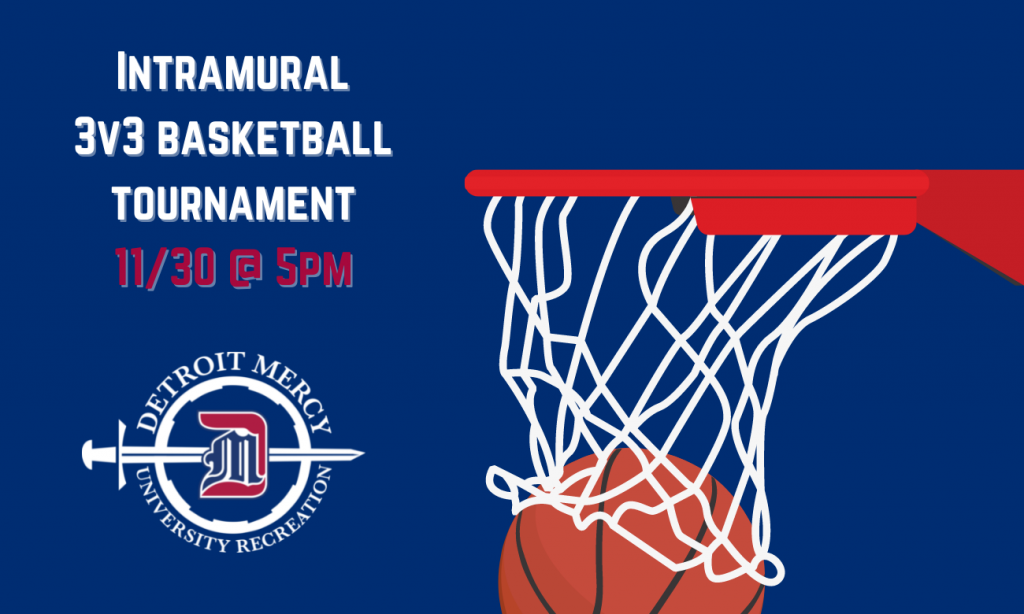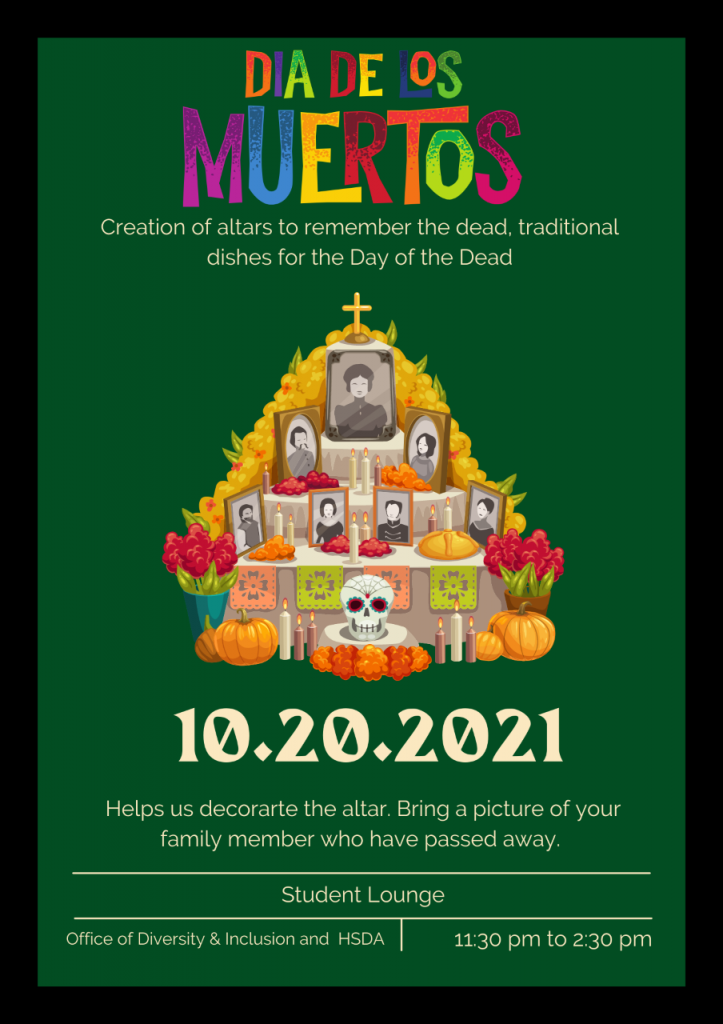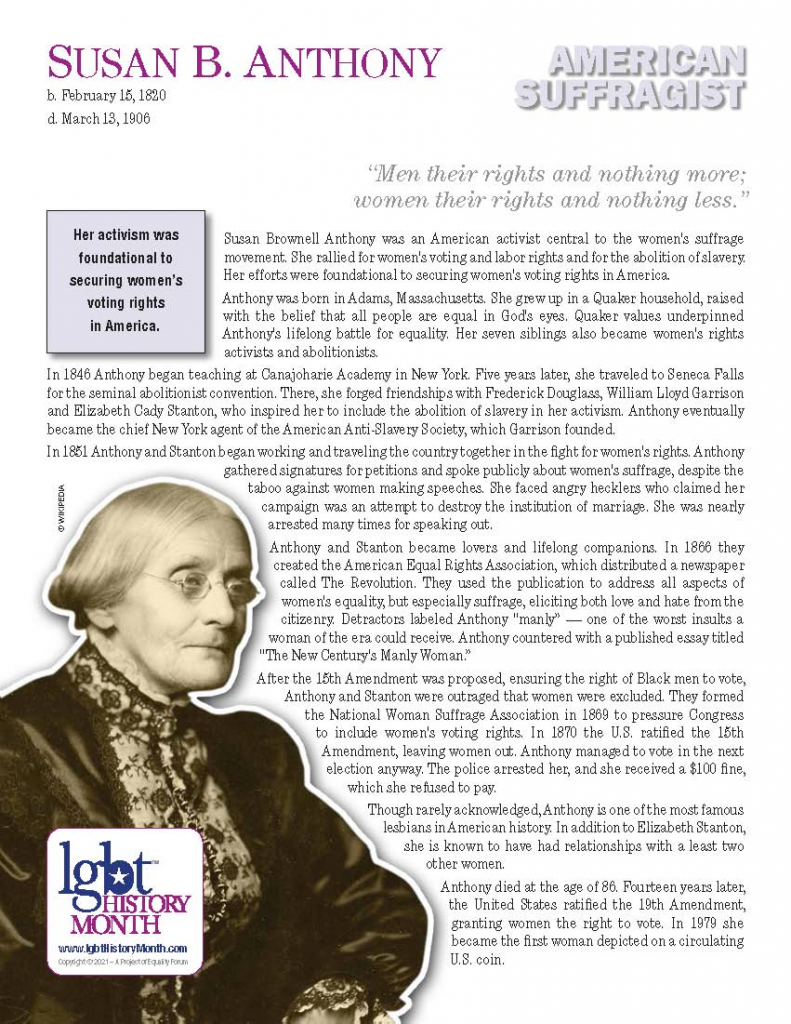The first American Indian Day was celebrated in May 1916 in New York.
The event culminated an effort by Red Fox James, a member of the Blackfeet Nation who rode across the nation on horseback seeking approval from 24 state governments to have a day to honor American Indians.
In 1990, more than seven decades later, then-President George H.W. Bush signed a joint congressional resolution designating the month of November “National American Indian Heritage Month.” Similar proclamations have been issued every year since 1994 to recognize what is now called “American Indian and Alaska Native Heritage Month.”
–US Census Facts for Features: American Indian and Alaska Native Heritage Month: November 2021
Diversity
It’s important to acknowledge the diversity of Indigenous Peoples’ cultures, traditions, and languages throughout the Western Hemisphere. When teaching about a particular tribe or nation, learning and using accurate terms specific to the community can prevent stereotypes and encourage cultural understanding and sensitivity among your students.
American Indian or Native American?
American Indian, Indian, Native American, or Native are acceptable and often used interchangeably in the United States; however, Native Peoples often have individual preferences on how they would like to be addressed. To find out which term is best, ask the person or group which term they prefer. When talking about Native groups or people, use the terminology the members of the community use to describe themselves collectively. There are also several terms used to refer to Native Peoples in other regions of the Western Hemisphere. The Inuit, Yup’ik, and Aleut Peoples in the Arctic see themselves as culturally separate from Indians. In Canada, people refer to themselves as First Nations, First Peoples, or Aboriginal. In Mexico, Central America, and South America,the direct translation for Indian can have negative connotations. As a result, they prefer the Spanish word indígena (Indigenous), communidad (community), and pueblo (people).
Tribe or Nation, and Why So Many Names?
American Indian people describe their own cultures and the places they come from in many ways. The word tribe and nation are used interchangeably but hold very different meanings for many Native people. Tribes often have more than one name because when Europeans arrived in the Americas, they used inaccurate pronunciations of the tribal names or renamed the tribes with European names. Many tribal groups are known officially by names that include nation. Every community has a distinct perspective on how they describe themselves. Not all individuals from one community many agree on terminology. There is no single American Indian culture or language.
The best term is always what an individual person or tribal community uses to describe themselves. Replicate the terminology they use or ask what terms they prefer.
The Impact of Words and Tips for Using Appropriate Terminology: Am I Using the Right Word?




